The anatomy of an e-bike motor
What’s going on inside your e-bike’s motor?
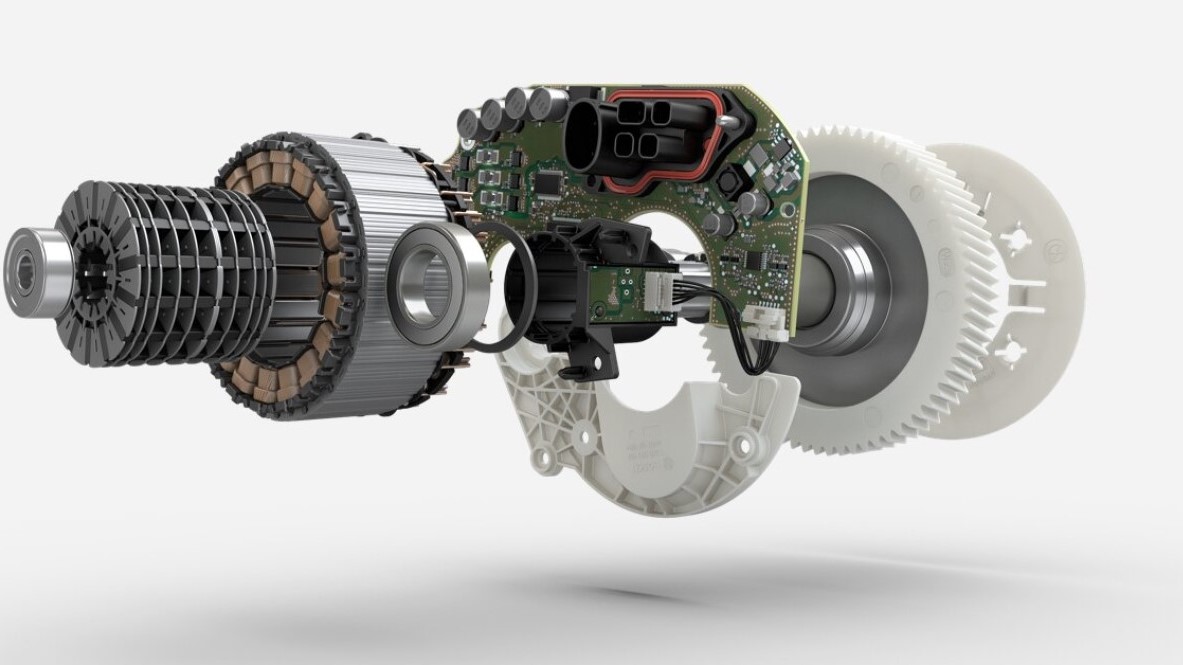

Electric bike motors are sited in one of three places: the front hub, the rear hub or between the pedals in the bottom bracket.
In all cases, there will be a mechanism to sense your cadence (how fast you’re turning the pedals) and the torque you are providing from pedalling, which will be built into the e-bike’s bottom bracket. Some systems have up to five different sensors to provide input. That data is fed into the motor’s control software and used to determine the motor’s output, so that it matches yours as you pedal and you get the right level of support as you ride.
That means that the motor isn’t going to take over completely but offers progressive help as you ride. How much support you get is also determined by a controller that lets you select the assistance level you want.
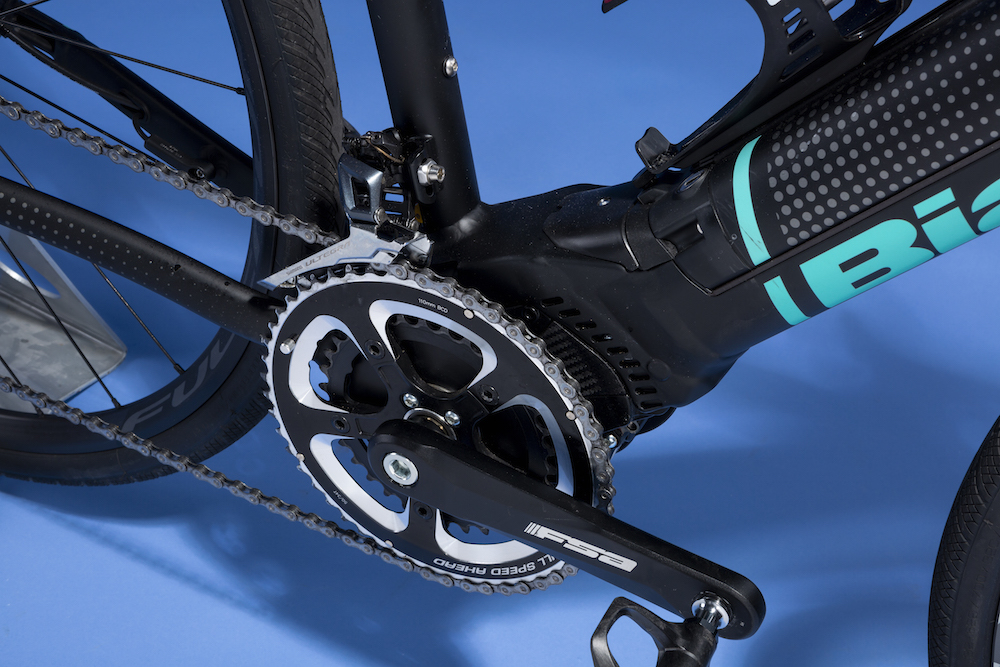
Bottom bracket motors are often quite wide
All motors in e-bikes that meet the regulations in the UK, the EU and Australia will have a maximum power output of 250 watts, but there are differences in torque output between motors from different brands and depending on what they're designed to be used for.
Most motor systems will come with their own smartphone app, which will often let you fine tune output to meet your needs, monitor system status and run diagnostics, as well as update the motor’s firmware.
Bottom bracket motors
Bottom bracket-mounted motors have the advantage that the motor’s weight - often 2kg to 3kg - is low down and in the middle of the e-bike. That means that there’s good weight distribution and stable handling.
On the other hand, many motors are a bit wider than a standard bottom bracket, so that your pedals end up a bit further apart - the technical terms are a higher stance width or Q-Factor - which can feel a bit odd and reduce your pedalling efficiency. It also makes it more tricky for e-bike makers to engineer an efficient alignment of the chainrings and the gears at the rear.
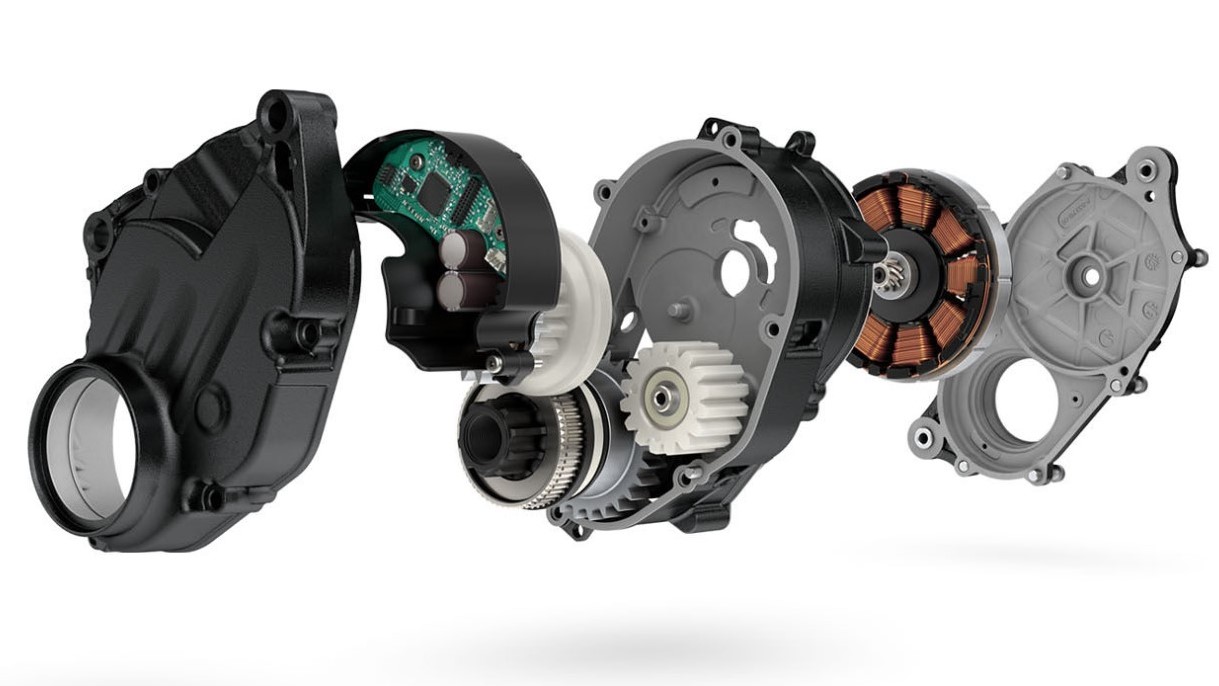
The motor will be geared down to match the rider's cadence
Some newer mid-mounted motors avoid this, as they’re designed to be a bit narrower. An example is the latest Shimano STePS EP8 which delivers more power in a more compact package than Shimano’s previous generation units.
Mid-mounted e-bike motors are found on many hybrids, like Whyte's road hybrid range. They’re also used on some electric gravel bikes like the Cannondale Topstone NEO, where their good weight distribution is beneficial over loose surfaces. Alongside Shimano STePS, Bosch motors are a frequent choice.
A different solution is offered by German brand Fazua. Its motor system is popular on road-going electric bikes and used on the Pinarello Nytro and Cube's road e-bikes, for example. The motor and battery are housed in the e-bike’s down tube, transmitting power through the bike’s bottom bracket via a 90-degree gear. This design lowers the system’s width and bulk and gives Fazua-equipped e-bikes a svelte look.
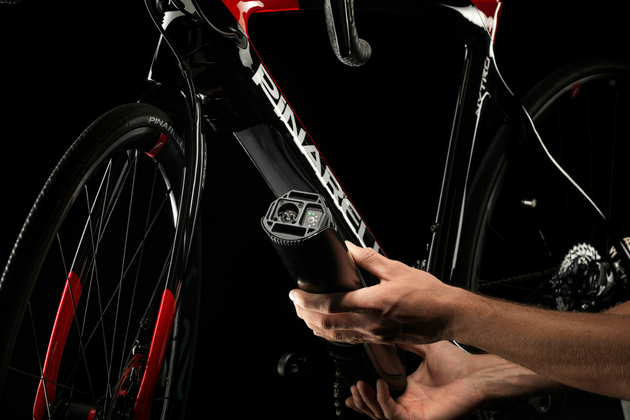
The Fazua battery and motor can be removed from the down tube, so you can ride the bike like a normal bike
The Fazua battery and motor can be completely removed and replaced with a lightweight cover, letting you use the e-bike as a normal bike, saving you around 3kg in weight and bringing the bike’s weight close to that of a standard pedal-powered bike.
Fazua recently introduced a firmware update for its motor system called Black Pepper, which ups support at higher pedalling cadences, tunes assistance levels and increases range. It’s an example of how makers of e-bike motors are continuously upgrading the performance of riders’ electric bikes.
Hub motors
You are usually turning your pedals more slowly than the wheels turn, with the bike’s gearing upping the wheel speed. That means that mid-mounted motors are typically geared down, with gear wheels between the motor and the cranks. It’s something that reduces the motor’s efficiency a little, as does the friction loss from transmission of the additional power through the drivetrain.
Hub motors too may include some gearing down between the motor and the wheel. Since the wheels turn faster than your cranks, the extent of gearing down may be a bit less and there’s no frictional loss through the drivetrain.
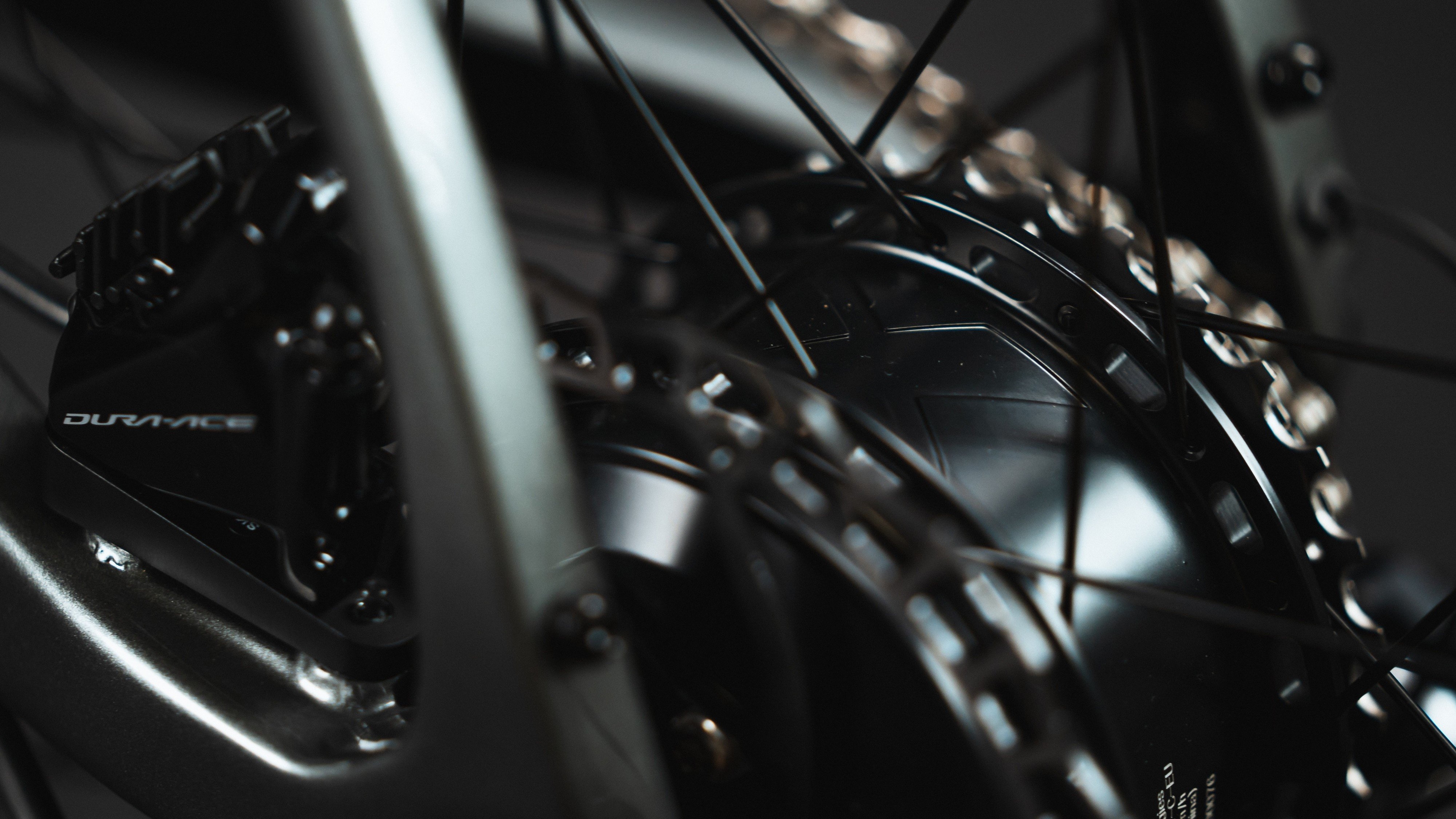
Hub motors avoid running the motor's input through the drivetrain
An e-bike with a hub motor can have a standard drivetrain with a normal stance width too and there’s less wear on the chainwheel, chain and derailleurs as it’s only your pedalling force that’s transmitted through them, not the additional power from the motor.
On the other hand, the e-bike’s weight distribution isn’t quite as balanced as with a mid-mounted motor. That’s not too much of a problem with a road-going electric bike, but more of an issue for electric mountain bikes, so these typically use mid-mounted motors.
Front hub motors are a favourite with folding bike makers, as they keep the motor out of the way of the folding system and the gears. Examples of folders with front hub motors are the Brompton Electric and Gocycle’s range.
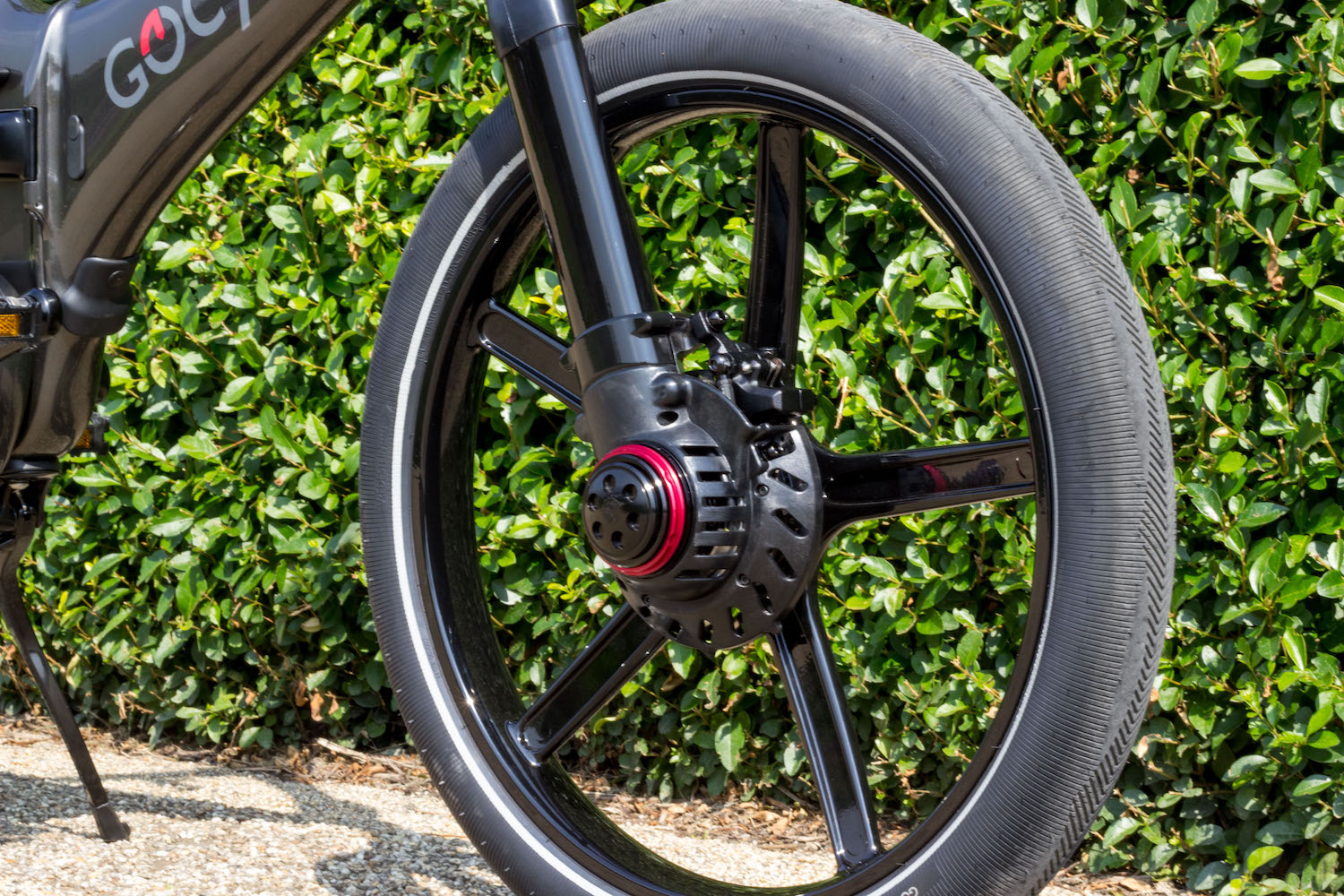
Front hub motors work well for folding bikes
The Mahle ebikemotion rear hub motor is popular for its very low profile design and its low weight of just 3.5kg, including the battery. The battery is completely enclosed in the e-bike’s down tube and it can be difficult to distinguish the bike’s profile from that of a non-assisted bike. It’s used, for example, on e-bikes from Ribble and Orbea and some of Cannondale’s e-road bikes.


Thank you for reading 20 articles this month* Join now for unlimited access
Enjoy your first month for just £1 / $1 / €1
*Read 5 free articles per month without a subscription

Join now for unlimited access
Try first month for just £1 / $1 / €1
Get The Leadout Newsletter
The latest race content, interviews, features, reviews and expert buying guides, direct to your inbox!
Paul started writing for Cycling Weekly in 2015, covering cycling tech, new bikes and product testing. Since then, he’s reviewed hundreds of bikes and thousands of other pieces of cycling equipment for the magazine and the Cycling Weekly website.
He’s been cycling for a lot longer than that though and his travels by bike have taken him all around Europe and to California. He’s been riding gravel since before gravel bikes existed too, riding a cyclocross bike through the Chilterns and along the South Downs.
-
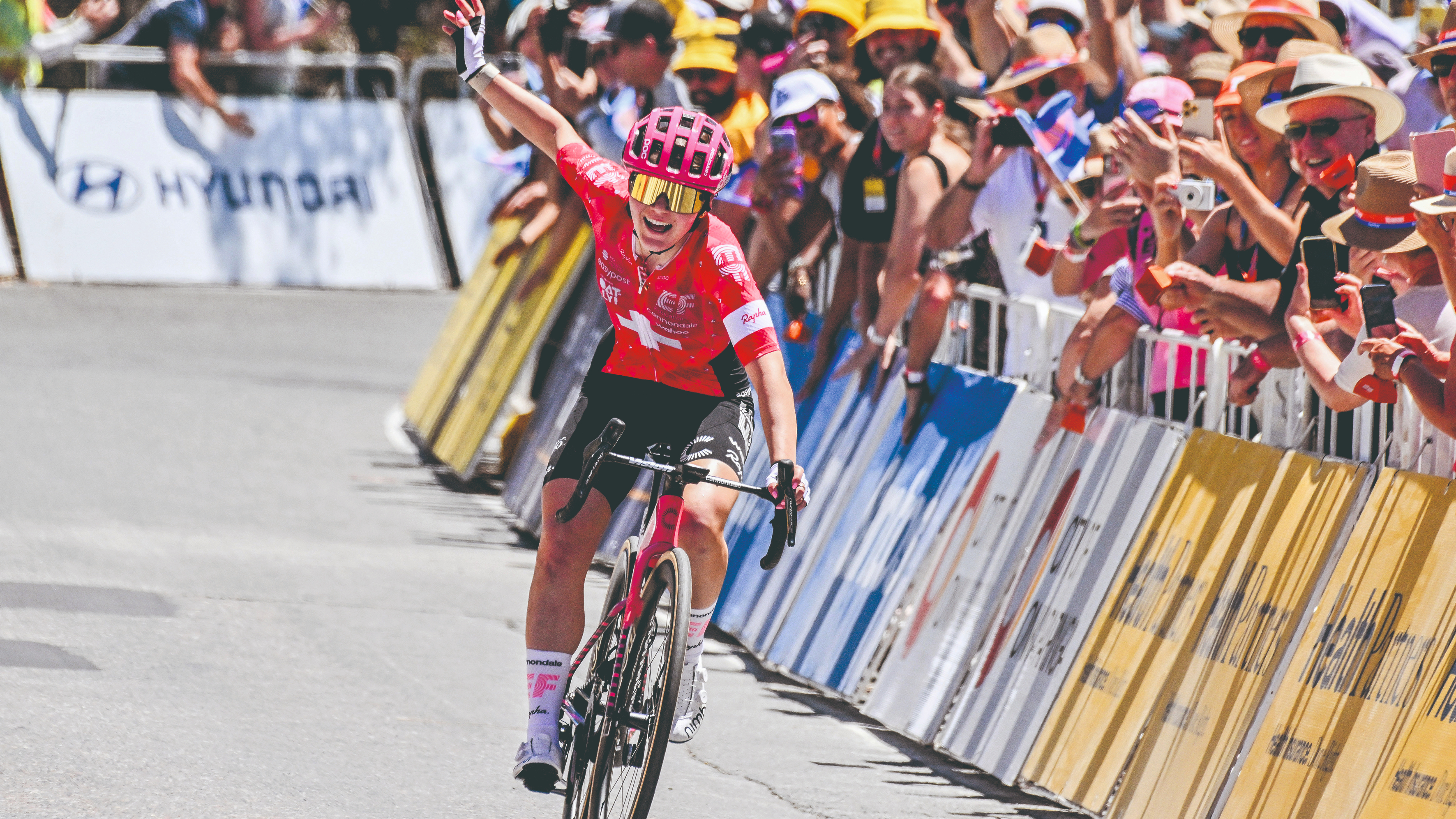 How do the pros train? Noemi Rüegg's 26 hour training week
How do the pros train? Noemi Rüegg's 26 hour training weekWinner of this year’s Tour Down Under, the EF Education-Oatly rider is a climber whose talent is taking her to the top
By Chris Marshall-Bell
-
 Save £42 on the same tyres that Mathieu Van de Poel won Paris-Roubaix on, this Easter weekend
Save £42 on the same tyres that Mathieu Van de Poel won Paris-Roubaix on, this Easter weekendDeals Its rare that Pirelli P-Zero Race TLR RS can be found on sale, and certainly not with a whopping 25% discount, grab a pair this weekend before they go...
By Matt Ischt-Barnard